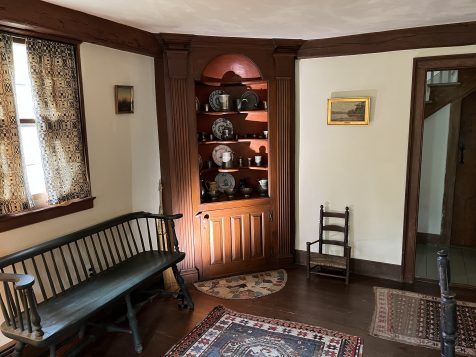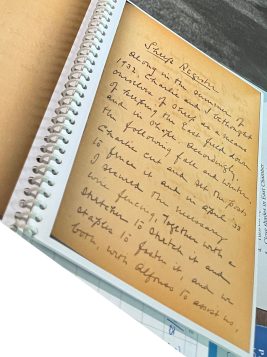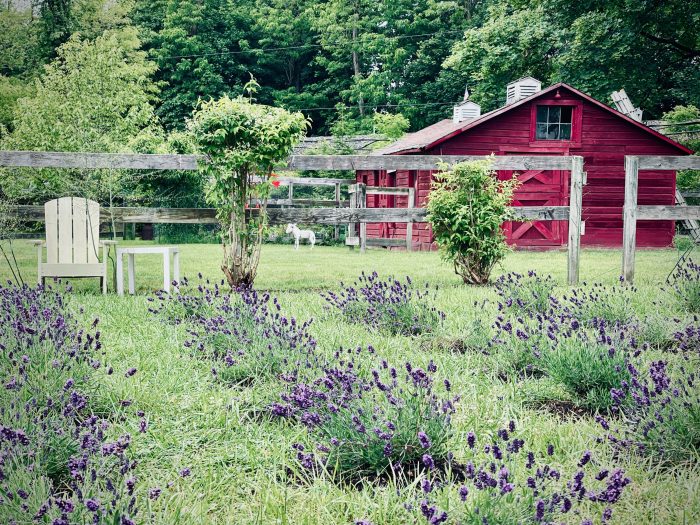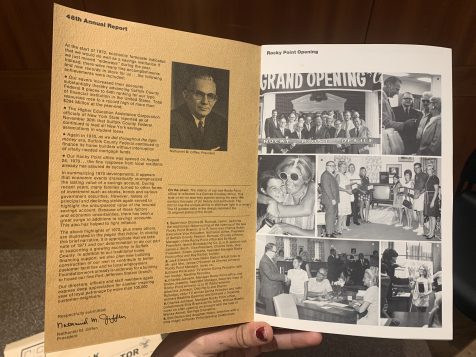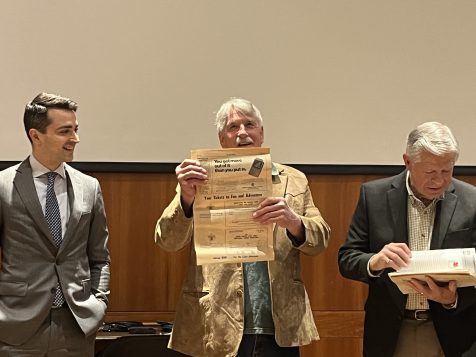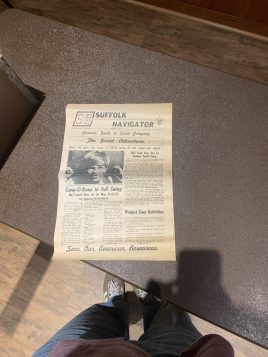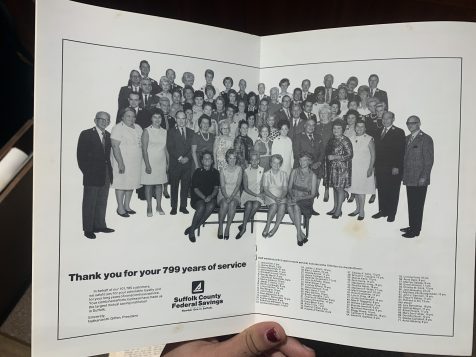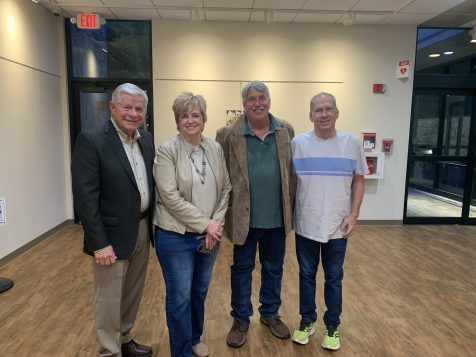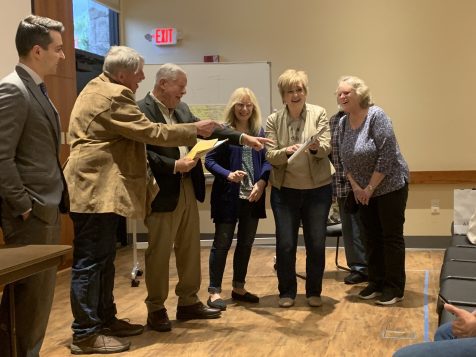First tour of the season is June 22
The Huntington Lighthouse Preservation Society (HLPS) is celebrating its 40th anniversary this year with new tours and ways for the public to enjoy the 113-year old historic lighthouse. Founded in 1985 as Save Huntington’s Lighthouse, the non-profit, volunteer effort is gearing up for a busy summer season.
“Each year we see more and more boats on the water, which means that the Huntington Lighthouse’s primary job as a working navigational aid is more important than ever,” said Pam Setchell, HLPS President. “Maintaining the lighthouse takes a massive volunteer effort. Looking back over the past 40 years, we are incredibly proud of all we have accomplished to help Huntington’s lighthouse, including saving it from scheduled demolition. The team has been hard at work preparing for the season, and our first scheduled tour on June 22.”
A Renewed Focus on Renovation + New Windows!
The ongoing restoration of a historical structure is never easy, and the unique location of the Huntington Light amplifies the challenges. Since the inception of the Save Huntington’s Lighthouse group in 1985, and then the Huntington Lighthouse Preservation Society, the preservation and restoration of the lighthouse has remained a top priority.
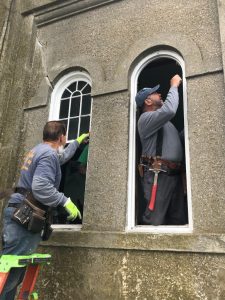
Through a combination of public and private grants, private donations, seasonal tours, special events, and merchandise sales, HLPS has raised approximately $3.5 million in its 40-year history for improvements and restoration projects.
Already this spring, new, custom-fabricated windows have replaced the original windows, made possible by a generous grant from the Gardiner Foundation and a matching private donation. The windows were brought out to the lighthouse via boat, and carefully hoisted into place.
“The windows were meticulously designed to reflect the style of the original lighthouse windows and mark an important step in our continued efforts to maintain the Huntington Light for future generations,” said Setchell.
Additional projects include roof repairs and protective matting, wrought iron railings, repairing cracks in the building’s exterior masonry, and painting and repairing the cupola. A new custom watch deck door is also going to be installed. Each project requires careful planning to ensure that the building’s history and design are maintained. Everything that’s needed, including supplies, tools, and crew must be transported by water and can only be accomplished during a limited season.
New Website Launched
Supporting the improved online reservation system is a newly launched Huntington Lighthouse Preservation Society website. The new website is easier to navigate, offers bookings for tours, and additional merchandise sales.
New Partners
HLPS is proud to partner with Discover Long Island, the region’s premiere destination marketing organization. Check out our new commercial, airing this spring and summer, and filmed at the Lighthouse!
Resident Ospreys
The Huntington Lighthouse welcomes the return of its resident ospreys to an upgraded, reinforced nesting platform. The pair first settled in their summer waterfront property in 2021, and in 2023 welcomed their first viable hatchlings. This year, two eggs have been spotted in the nest – stay tuned for updates
Lighthouse Tours
Offering access and sharing the story of the lighthouse are core to the HLPS’s mission. Due to an increase in demand, more tours have been added this summer season, including dinner tours. The first tour date is scheduled for Sunday, June 22, and additional dates can be found here.
New this year – guests can reserve tour dates and prepay online. Tours last about 90 minutes and include a boat ride to and from Gold Star Battalion Beach, Browns Road, Huntington to the offshore lighthouse.
All tour dates are weather and wind permitting, please check the HLPS Facebook, and Instagram pages for the most updated information.
2025 Tour Dates *
June 22
July 13
July 27
August 10
August 24
September 14
September 28
HLPS continues to make the lighthouse available for group tours by school groups and others wanting to learn more about maritime history and visit a working lighthouse.
*Please note that tours are available for ages 5 and above, and the lighthouse is not handicapped accessible.



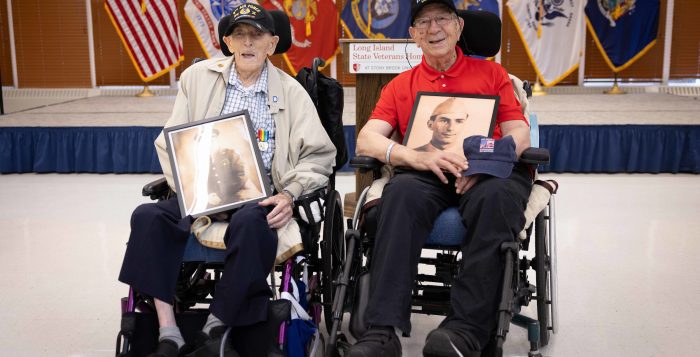

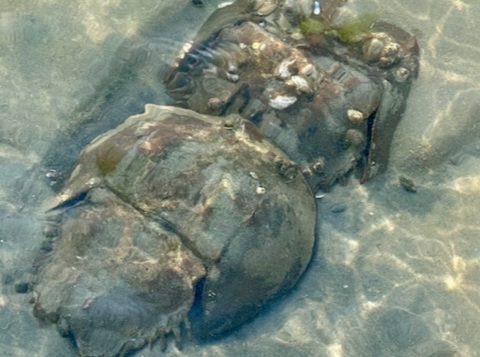
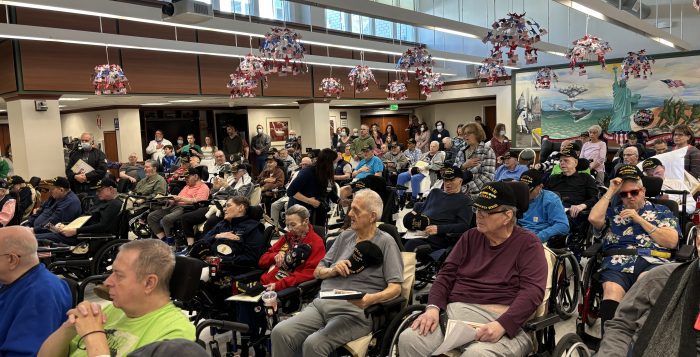









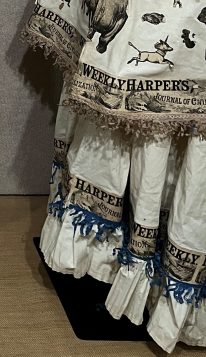

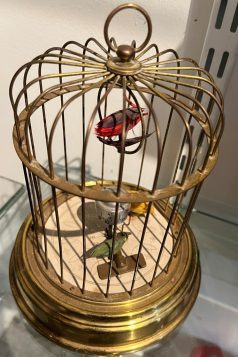
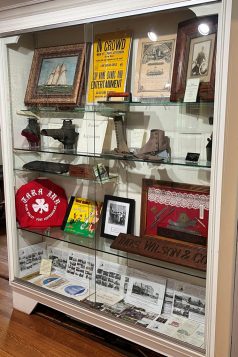


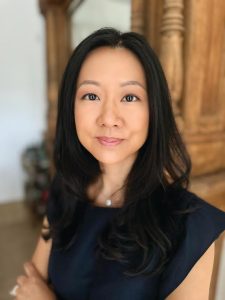
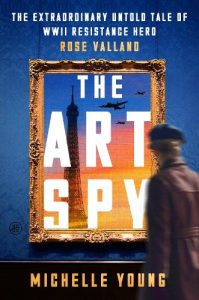 Young’s thoroughly researched and engaging book follows Valland from the late 1930s to the mid-1940s in a world populated by the creations of luminaries like Salvador Dali, Max Beckman, Pablo Picasso, Henri Matisse, Paul Cezanne, Claude Monet, and many others. The Art Spy traces the early days of World War II throughout Europe, the anticipation of the incursion into Paris, followed by the exodus, and the ultimately desolate and abandoned city. Grounding her descriptions in detailed research, she evokes the visceral tensions of the time.
Young’s thoroughly researched and engaging book follows Valland from the late 1930s to the mid-1940s in a world populated by the creations of luminaries like Salvador Dali, Max Beckman, Pablo Picasso, Henri Matisse, Paul Cezanne, Claude Monet, and many others. The Art Spy traces the early days of World War II throughout Europe, the anticipation of the incursion into Paris, followed by the exodus, and the ultimately desolate and abandoned city. Grounding her descriptions in detailed research, she evokes the visceral tensions of the time.

